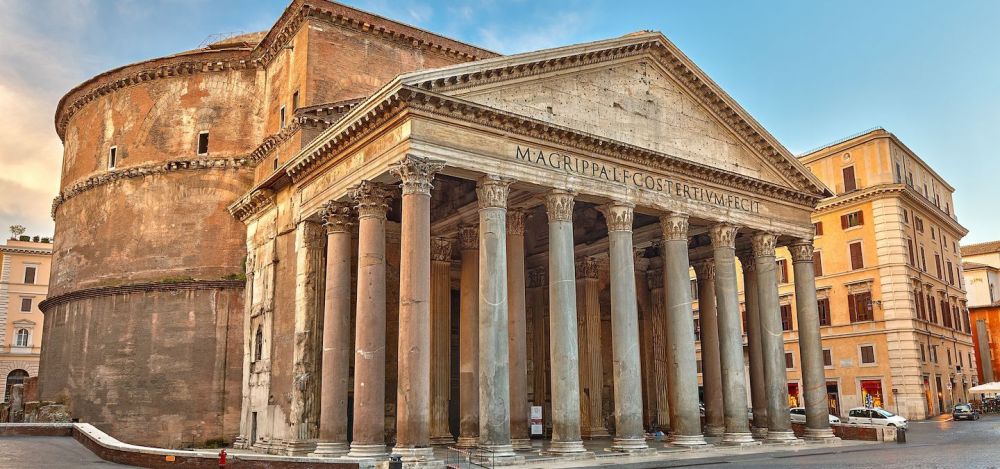

The Pantheon, located in the heart of Rome, Italy, is a remarkable example of ancient Roman engineering and architecture. Originally built as a temple dedicated to all (pan) the gods (theon) of ancient Rome, this structure has stood the test of time and has been a focal point for tourism for centuries. The original Pantheon was constructed in 27 BCE by Marcus Agrippa and later rebuilt by Emperor Hadrian around 126 CE after a devastating fire. Over time, it has seen transformations, most notably its conversion to a Christian church in the 7th century, which has played a crucial role in its preservation.
Tourism to the Pantheon can be traced back to the Renaissance period when scholars, artists, and the literati of Europe were drawn to Rome to study its ancient ruins and Renaissance art. The Grand Tour, a traditional trip taken by upper-class Europeans in the 17th to 19th centuries, often included a visit to the Pantheon as an essential Roman landmark. Its influence on neoclassical architecture further fueled interest among visitors from around the world.
In the modern era, the Pantheon remains one of the most visited cultural sites in Italy, attracting millions of tourists annually. Its status as an architectural marvel, with the world's largest unreinforced concrete dome to this day, adds to its appeal. The Pantheon has inspired numerous other notable buildings, such as the United States Capitol, and continues to be an essential node in the cultural and historic exploration of Rome.
In recent years, tourism trends at the Pantheon have been influenced by advancements in digital technology and the global push for sustainable tourism. Visitors often engage with the landmark through augmented reality (AR) apps and virtual tours, which provide interactive experiences of the site's history and architecture. This has been particularly valuable during times when travel was restricted due to global events like the COVID-19 pandemic.
With an ever-increasing focus on preserving historical sites, current trends also include controlled access to manage crowds and reduce the impact on the structure. Ticketing systems and visitor caps have been implemented to ensure a balance between public access and conservation. Educational initiatives aimed at promoting the historical significance of the Pantheon and its role throughout history are also key components of the modern tourism experience at this iconic site.
The Pantheon's ability to captivate the imagination, combined with these latest trends, ensures that its legacy as a premier destination for tourists seeking a connection with history and architectural excellence will continue well into the future.
Whether you are a history enthusiast, an architecture aficionado, or simply looking to immerse yourself in the rich cultural tapestry of Rome, the Pantheon stands as a testament to the ingenuity of ancient Rome and the enduring splendor of one of the city's most profound historical treasures.